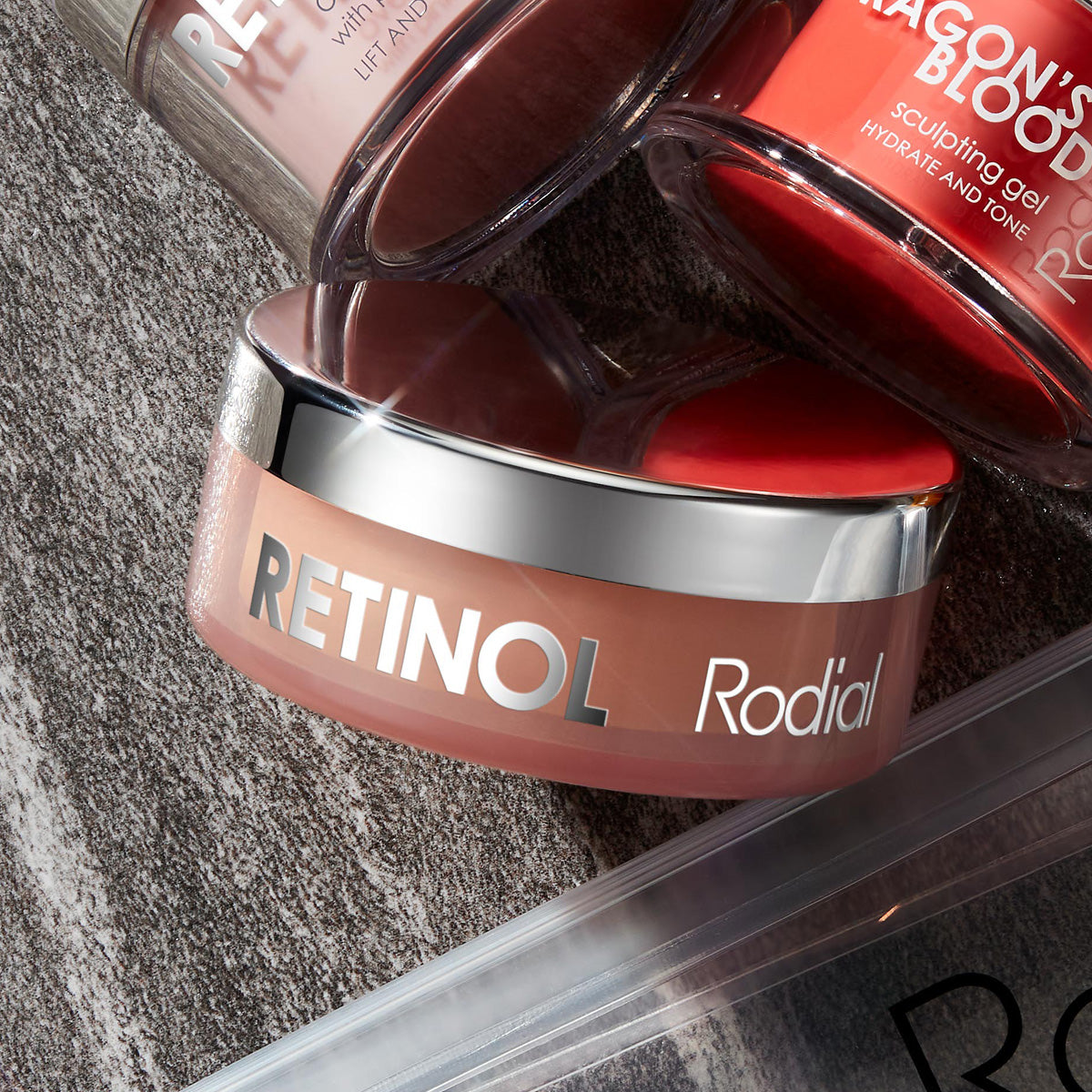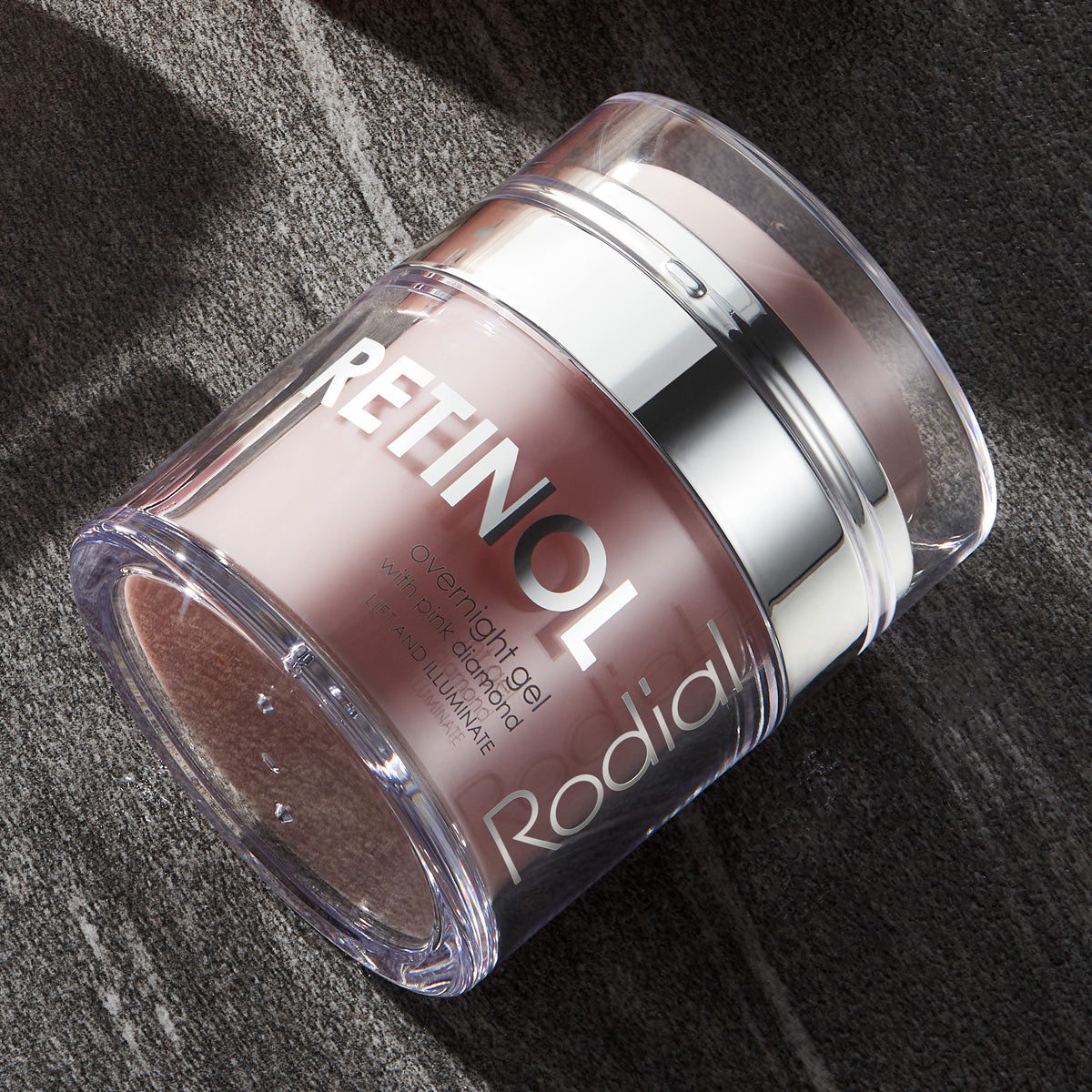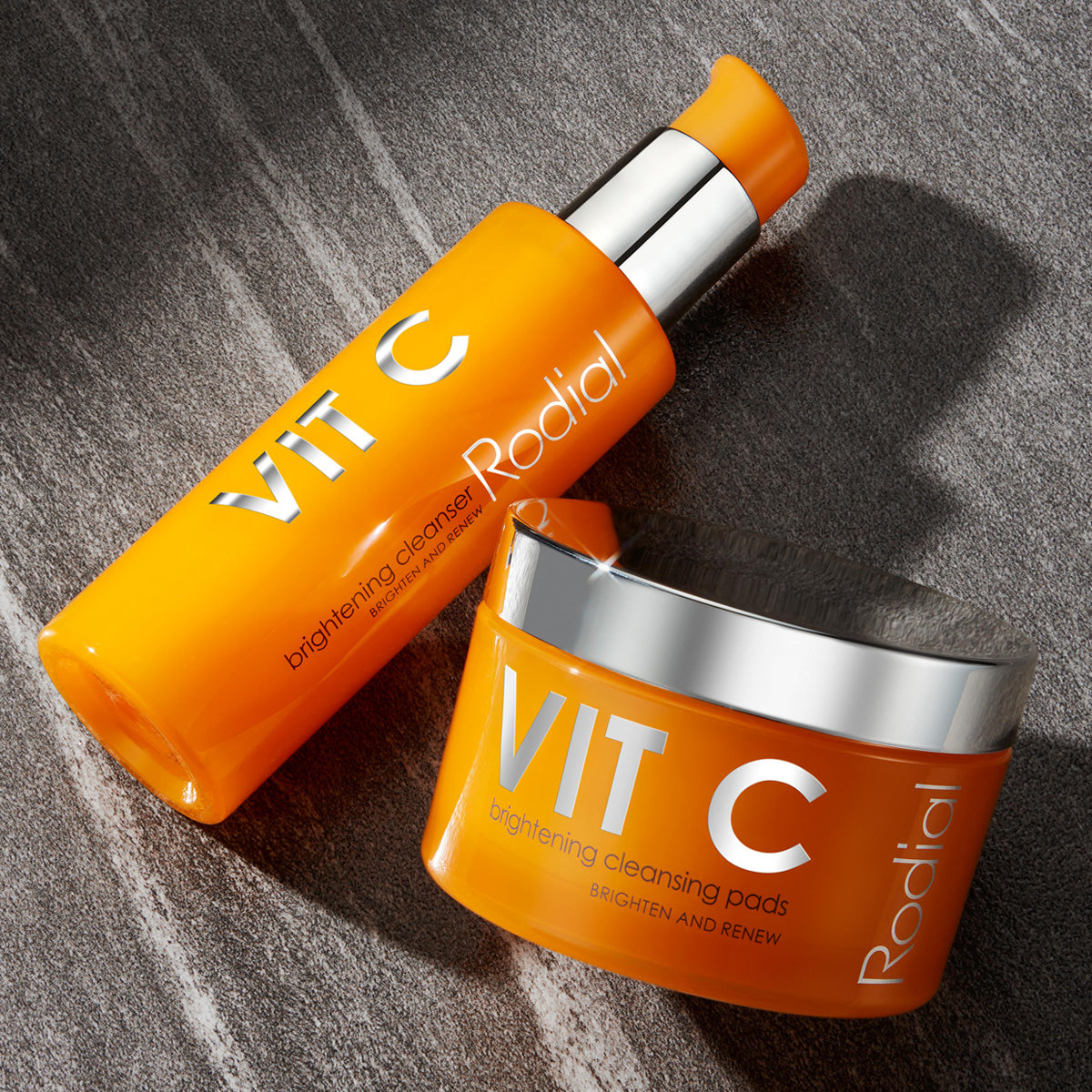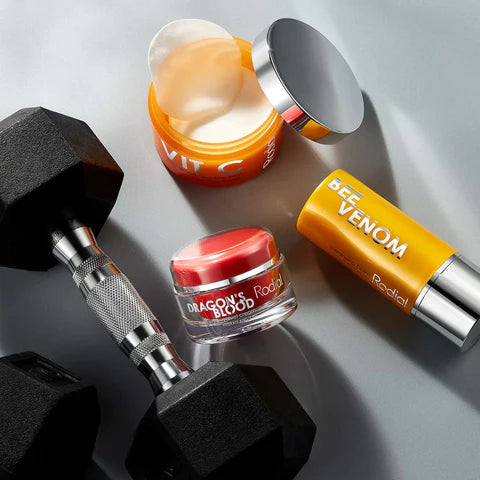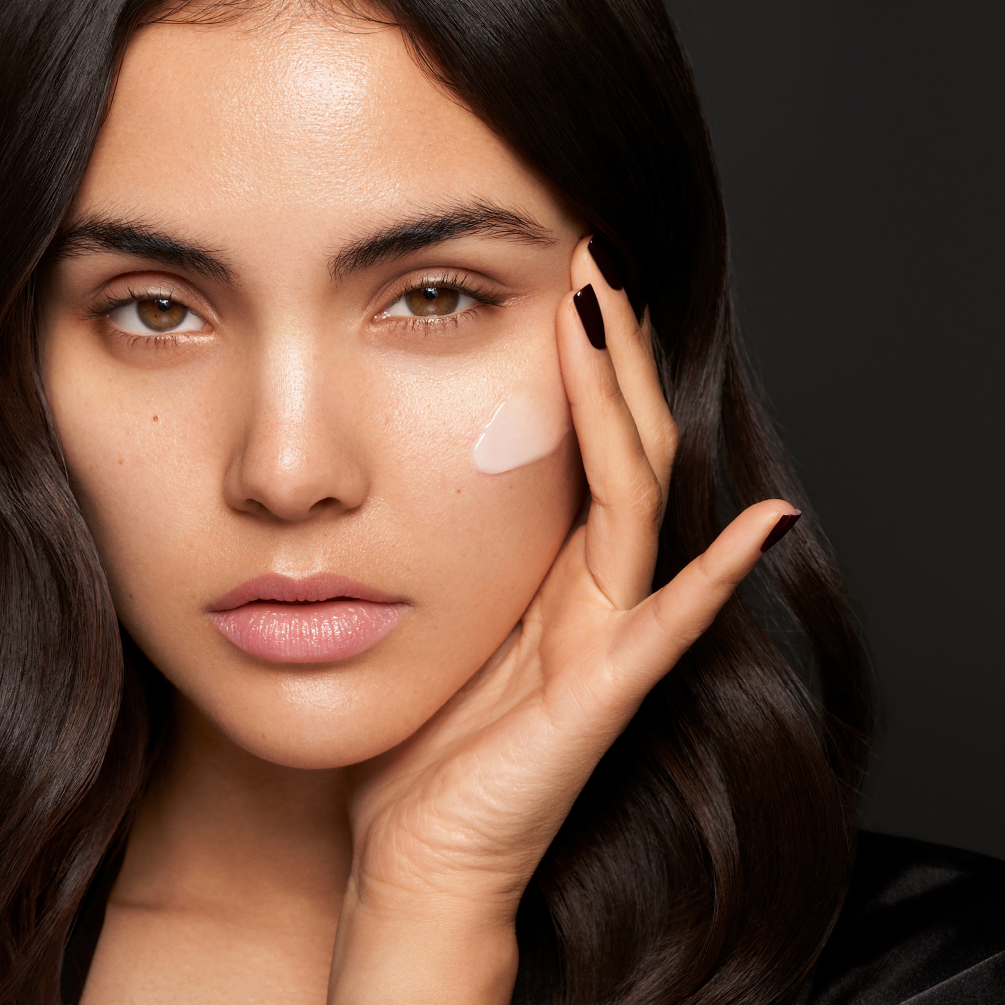Most of us have, at some point in our lives, experienced blocked, clogged pores, blemishes and breakouts. These might have manifested themselves as blackheads, whiteheads, pimples or cysts – some more troublesome than others. And while we all know not to squeeze and pop them, knowing what the best treatment is for different types of blocked pores can be difficult.
In order to tackle the problem, you need to know what you’re dealing with. What does the problem area look like? Is it a blackhead, or is it under the skin? Is it painful? What external factors other than build-up at the skin’s surface could be a contributing factor? Here, we identify the main differences between blocked pores and hormonal acne – and what you can do to help ease them at home.
What are blocked pores?
Put simply, clogged pores are a build-up of oil (sebum), combined with dead skin, environmental debris and bacteria that combine to create a ‘plug’ within pores. The shedding of dead skin cells is a normal part of the skin’s growth cycle, but if you have an oilier complexion, you may find blocked pores more of an issue due to your skin overproducing sebum. This, combined with all the other factors, leads to pores becoming blocked, which can lead to breakouts.
What do clogged pores look like?
Clogged pores generally have a larger appearance and may look darker (like blackheads, which are an oxidised, hard plug). Blocked pores can cause congested skin, which is characterised by a rough, bumpy texture, enlarged pores and comedones (blocked pores that are not inflamed and painful like other types of spot). While it can be tempting to try and squeeze clogged pores and try to shrink them so that they don’t become blocked, this can do more harm than good: increasing wear and tear on the pore can make them larger over time.
How to unclog blocked pores
It can be tempting to turn to physical exfoliators like scrubs to unclog skin, but again these can increase wear and tear on pores and can also strip skin of its natural oil needed to protect it if harsh, high-strength products are used. Gadgets that claim to unclog pores – such as pore vacuums, facial cleansing brushes and pore strips – can also inflame the skin, make pores larger and lead to scarring. Instead, chemical exfoliants like salicylic acid and glycolic acid, which dissolve the oil and debris that blocks pores, are a better option. Niacinamide, also known as vitamin B5, is also worth seeking out as it has a host of benefits, such as helping to control oil production and evening skin tone.
The Rodial routine for blocked pores
MORNING
- CLEANSE: Vit C Brightening Cleanser Low-level glycolic and lactic acid work to gently exfoliate skin, while vitamin C helps to brighten dull complexions caused by congested skin.
- TREAT: Vit C Brightening Cleansing Pads Salicylic works alongside lactic and glycolic acid to clear and tighten pores, while vitamin C boosts skin’s glow.
- MOISTURISE: Dragon’s Blood Hyaluronic Moisturiser SPF15 Soothe and hydrate skin with dragon’s blood and hyaluronic acid, while niacinamide helps to control oil production.

EVENING
- CLEANSE: Bee Venom Cleansing Balm Effectively removes make-up while salicylic acid gently cleanses and unclogs pores, and water lily extract reduces redness and inflammation.
- TREAT: Breakout Drops Glycolic acid works to break down build-up and debris within pores, while fruit acids exfoliate and smoothen skin.
- MOISTURISE: Dragon’s Blood Hyaluronic Night Cream Dragon’s blood and hyaluronic acid hydrate and soothe, while niacinamide helps control oil production and evens skin tone.
What is hormonal acne?
Acne is caused by a combination of clogged pores and excess oil production. It can present itself as blackheads, whiteheads, cysts and pus-filled pimples. These are often soft to the touch and painful when pressed.
Hormonal acne occurs when there are fluctuations in the body’s hormonal levels. It can affect children going through puberty, as well as pregnant women and those going through the menopause, and during the menstrual cycle. The rise and fall in hormone levels – specifically too much androgen, a male hormone – causes excess sebum (oil) production which, when combined with bacteria, dead skin and other environmental debris, accumulates in pores and blocks them.
How to treat hormonal acne
It is worth noting that if you are suffering from hormonal acne of any kind, you should seek advice from your doctor or a dermatologist, so they can advise you on the best treatment for you.
However, you can help treat excess oil production at skin level with a range of products and ingredients. One ingredient that can help is retinoids, which help to address the root cause of acne and clogged pores – over-production of oil. It decreases sebum production and helps to break down and get rid of dead skin cells before they cause blockages.
The Rodial routine for hormonal acne
MORNING
We recommend using the same morning routine as above.
EVENING
- CLEANSE: Bee Venom Cleansing Balm Effectively removes make-up while salicylic acid gently cleanses and unclogs pores, and water lily extract reduces redness and inflammation.
- TREAT: Retinol Resurfacing Pads Retinol works to resurface and regenerate skin, while niacinamide refines skin tone and helps control oil production.
- MOISTURISE: Dragon’s Blood Hyaluronic Night Cream Dragon’s blood and hyaluronic acid hydrate and soothe, while niacinamide helps control oil production and evens skin tone.
Once skin has adjusted, you can move to an advanced retinol routine: simply swap out the Dragon’s Blood Hyaluronic Night Cream for the Retinol Overnight Gel 2-3 times a week.
What is Retinol and Why Should I Start Using It?
Rodial's skincare experts answer your retinol questions including what is retinol? When should I start using it? and how to use it for best results!
The Perfect Skincare Routine
Beginner, intermediate or advanced skincare enthusiast? Here's the order you should complete your skincare routine - with tips from our expert. Read now.
